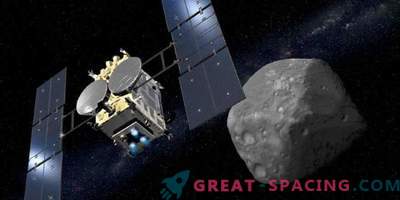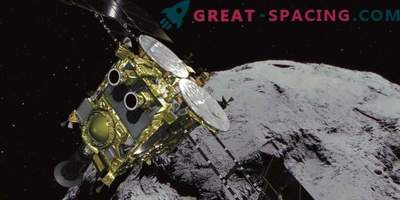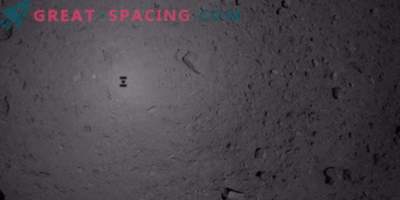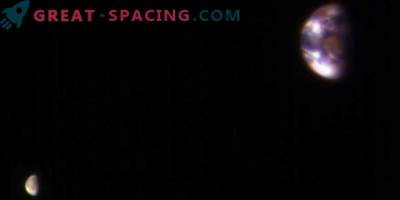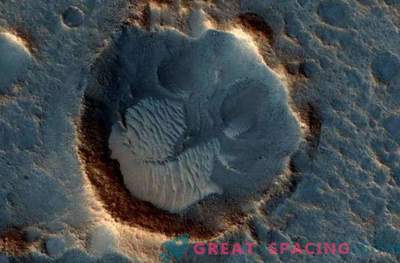
Now the attention of Japanese scientists is concentrated on the near-Earth asteroid Ryugu, to which another landing of the spacecraft is being prepared for sampling. But the latest data revealed the unusual nature of this object. What does Ryugu represent?
Intelligence from Hayabus-2
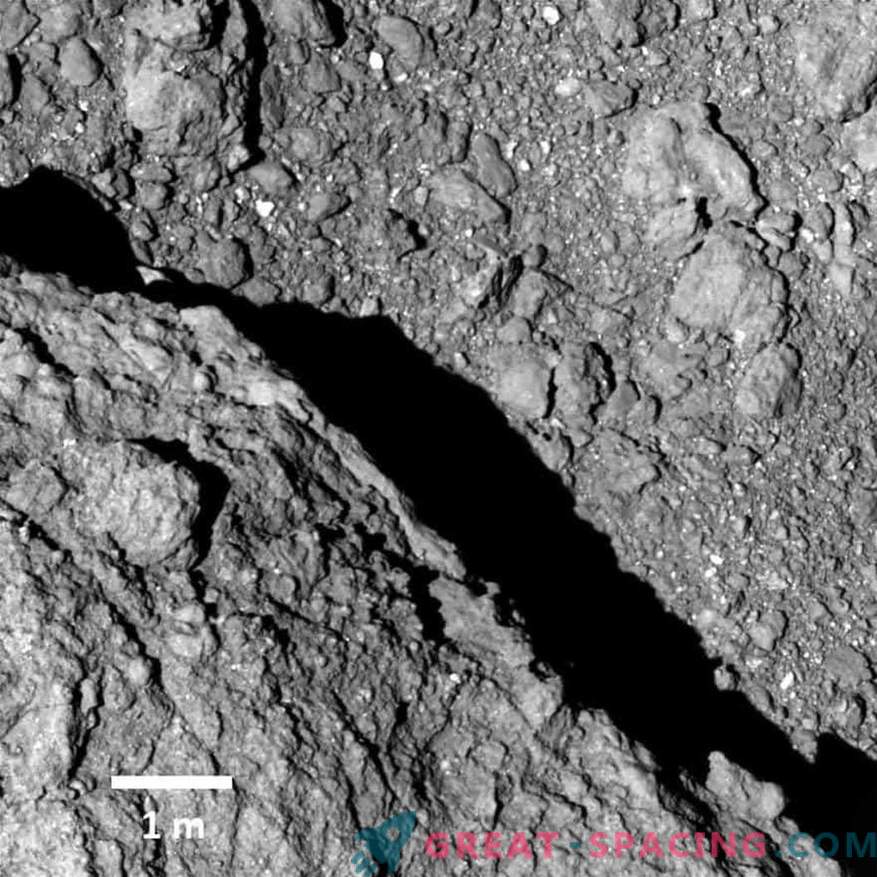
The most detailed picture of the asteroid's surface
Most of the valuable information about the asteroid, discovered in 1999, was obtained thanks to the Japanese mission Hayabusa-2. She started in 2014 and arrived at the venue in 2018. Fixed in orbit, the device received the first approximate images and made a preliminary surface map.
This was followed by the first descents to the surface. The Japanese ship set a record when its two jumping rovers made a soft landing, sending the first shots from the surface layer. They were followed by the MASCOT boarding module, the functionality of which was limited to 17 hours.
Then, on February 22, 2019, the spacecraft itself performed a successful landing operation. However, this is not a standard procedure. The device approached the surface as close as possible, fired a special mechanism and collected the dust that had risen. Thus, there are already valuable surface samples on board (“Why does Hayabusa-2 shoot an asteroid?”).
But this is not the end, because until the end of 2019 will make two more attempts. Researchers use heavy projectile (like a bullet), which will create a crater and allow you to collect intact samples below the surface level. Scientists are convinced that this will reveal the secret of the emergence of life on our planet (asteroids are considered ancient intact artifacts that have remained since the formation of the solar system).
Not a fragment of rock

Photograph of the surface of the asteroid at close range
In the meantime, Hayabusa-2 revolves around Ryugu in search of a new landing site, scientists digest the data, trying to unravel the asteroid nature. A specific instance belongs to the Apollo family with a spectral class C (a dark carbon object is the most common type).
To study the surface Hayabusa-2 used optical cameras, infrared spectrometer and a device with a thermal imager. Before scientists opened excessively porous structure. In fact, this is a large-scale “handful of rubble”. This is an astronomical concept, which is used for loose objects. That is, we are talking about a pile of fragments, which are held in the form of a holistic object due to its own gravity.
Video of the landing of the Hayabus-2 spacecraft on the surface of the asteroid:
How did that happen? It is believed that Ryugu did not appear as a huge fragment, but as a multitude of pieces from a specific large-scale celestial body. Moreover, recent studies have shown the presence of oxygen and hydrogen atoms, which under certain conditions are transformed into water. There is also an assumption that water ice was present on the parent object. It is believed that this ice migrated to Ryuga, began to melt due to collisions with other bodies or radioactive processes inside the asteroid, which led to the current looseness. If we talk about other features, it is an incredibly dark asteroid (at least, the darkest of those on which the spacecraft were landing). Its surface is uneven, so Hayabusa-2 had to choose a place for the first sampling for a long time. There are suspicions that the asteroid used to live closer to the Sun or was drawn from more distant distances. But this is to be checked in the study of samples and further review.
Postscript
Hayabusa-2 spacecraft is planning to return to Earth in December 2020. Another point about looseness. This is still an unusual phenomenon, but not at all unique. The same nature is observed on the asteroids Bennu and Itokawa, as well as comet 67P / Churyumov-Gerasimenko. But if you take all the bizarre characteristics of Ryugu, then the second such asteroid object has not yet been met.




